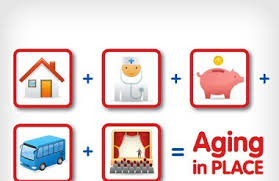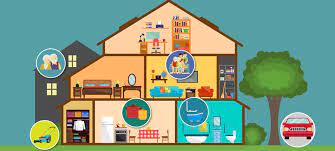Nuance Audio is a new option for people who resist traditional aids, from the company that makes Ray-Bans and operates LensCrafters.
Seekers of Meaning Podcast Posted Online March 7, 2025
What's Next Longevity Deal Talk Episode 32, January, 2025
Presentation: What's Next Longevity Venture Summit, June, 2025

 The decline of our tech experience was slow
The decline of our tech experience was slow  Aging in place -- sounds good, but for many, it won't work. The optimistic older adulta like their home -- and they tell survey firms that they're going to stay. We've heard this before. Ironically, in those days, it may have been a practical idea -- but as older adults age into the years in which they need care, the rising cost of the care they need may outpace their ability to pay, so what then? Family members help out if there are any, if they can, if they're nearby, and if they are willing. A lot of ifs. For the rest, we are entering a period in which more creative options will be needed and some old words, like 'roommates' and 'co-housing' will resurface.
Aging in place -- sounds good, but for many, it won't work. The optimistic older adulta like their home -- and they tell survey firms that they're going to stay. We've heard this before. Ironically, in those days, it may have been a practical idea -- but as older adults age into the years in which they need care, the rising cost of the care they need may outpace their ability to pay, so what then? Family members help out if there are any, if they can, if they're nearby, and if they are willing. A lot of ifs. For the rest, we are entering a period in which more creative options will be needed and some old words, like 'roommates' and 'co-housing' will resurface. What happens when engineers believe that no matter what, the customers will buy? Rant on. Look at the forum
What happens when engineers believe that no matter what, the customers will buy? Rant on. Look at the forum  You know homeowners plan to ‘age in place’ – repeated across all surveys. It makes sense to them – they like their homes, locations, their familiar neighborhoods, shops, their friends, and neighbors.
You know homeowners plan to ‘age in place’ – repeated across all surveys. It makes sense to them – they like their homes, locations, their familiar neighborhoods, shops, their friends, and neighbors.  Tech user experiences are deteriorating at a rapid rate – for all. If you have encountered any of the following, you know. The
Tech user experiences are deteriorating at a rapid rate – for all. If you have encountered any of the following, you know. The